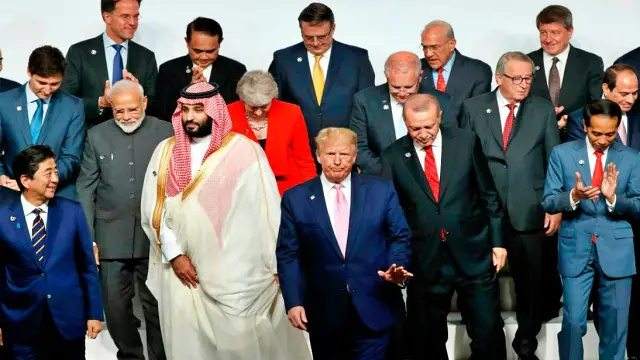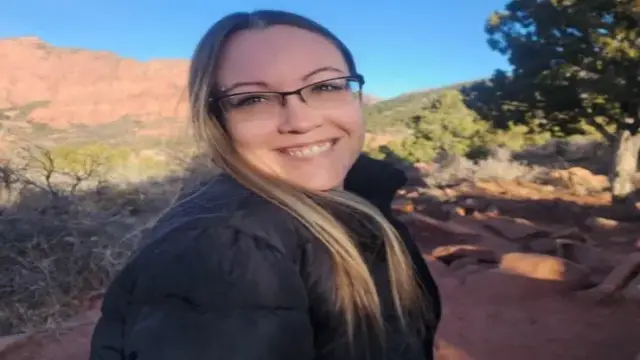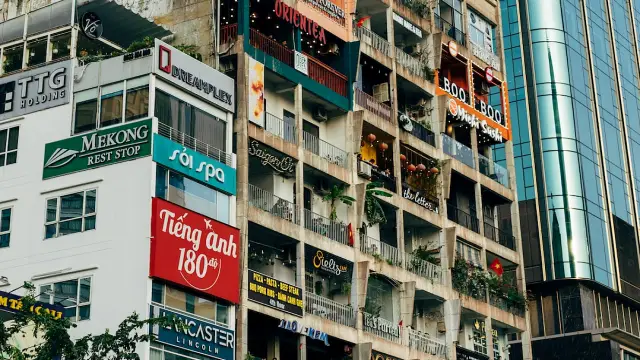MADRID — They’ve brought hope to millions, drugs so revolutionary that they can cure hepatitis C and so expensive that neither patients nor public health services can afford them — an issue to be raised at this
week’s G7.
The pills made by US group Gilead Sciences are just one example of efficient yet costly treatments that have put the delicate question of how much a life is worth on the table of cash-strapped governments which hesitate to fund them.
In Spain, after multiple protests that included the three-month occupation of a Madrid hospital, patients were handed a partial victory last year when the government decided to provide the drugs to those at advanced stages of the disease.
So far, nearly 52,000 people have been treated out of 472,000 virus carriers.
‘SHOCK FOR HEALTH SPENDING’
But according to Spain’s Finance Minister Cristobal Montoro, that last-minute cost was in part responsible for the country overshooting its public deficit target in 2015.
It’s a similar story in France, which paid out €1.5 billion (S$2.3 billion) between mid-2014 and June 2015 for innovative hepatitis C treatments for the worst affected, according to a report by its social security system.
It has just announced it will now cover the drugs for every patient.
Germany, meanwhile, disbursed €1.3 billion last year, and the debate over costly innovative treatments is such that the government is mulling a law on the issue.
“It’s a shock for health spending in many countries,” says Ms Valerie Paris, a health policy expert at the Organisation for Economic Co-operation and Development (OECD).
And a wake-up call for the world’s richest countries, says Mr Yannis Natsis from the Brussels-based European Public Health Alliance of NGOs and non-profits.
“Before we didn’t have this debate, or just for Africa and AIDS,” he says.
Such is the problem that President Francois Hollande will raise the issue during the G7 gathering which kicks off Thursday in Japan, said a French diplomatic source who refused to be named.
BITTERSWEET CURE
Hepatitis C, a blood-borne viral disease, affects 130 to 150 million people globally and can result in liver cirrhosis or cancer.
According to the World Health Organization, it is responsible for 500,000 deaths yearly.
Gilead launched Sovaldi, the first version of its innovative drug that cures 90 per cent of most hepatitis C sufferers, in 2013.
It had to be taken alongside existing medicine, but it was nevertheless a breakthrough for patients who up until then had been forced to take more pills with severe side effects and lesser efficiency.
“I was so depressed that I was contemplating suicide,” says Mr Antonio Rodriguez, a 69-year-old patient who said the previous drugs made his skin so sensitive that he had to avoid the Spanish sun.
But Gilead’s medicine came at a price: US$84,000 for a 12-week treatment in the United States, €56,000 in France.
According to Spain’s Platform for Hepatitis C Sufferers, the treatment now costs €13,000 in the country as competitors enter the market.
Then came Harvoni in 2014 — an improved one pill per day version.
Mr Rodriguez got treated with the new medicine and was cured… but not quickly enough.
“When they told me I didn’t have the virus anymore, I got together with my family for celebrations. But these were bittersweet as I now have cancer,” he says.
COUNTRY BY COUNTRY NEGOTIATIONS
Gilead acquired the Sofosbuvir molecule that makes up Sovaldi and Harvoni when it bought patent holder Pharmasset for US$11 billion in 2011.
It had recouped its investment by 2014, leading critics to say it could charge less.
Drug companies generally argue that the cost of such medicine is worth it, saying it saves lives and money for public health systems that would otherwise have to keep funding treatment.
“Prices for Gilead HCV (hepatitis C virus) medicines are determined on a country by country basis based on the burden of disease, a country’s economic means and the government’s commitment to scaling up treatment,” Gilead said in a statement.
But according to Dr Sophie Thiebaut, an economics professor at Madrid’s Carlos III University who studies the issue, “negotiations between states and drug firms are opaque and the cost/efficiency studies on which these are founded are sometimes disputed.”
CHEAPER IN DEVELOPING NATIONS
Gilead points out it has also made concessions in less wealthy countries.
In Egypt for instance, which has a high prevalence of hepatitis C, it has agreed to sell Sovaldi for less than €1,000.
It also licensed 11 Indian generic manufacturers to develop and distribute its treatment in developing countries.
Not enough, some argue.
The OECD’s Paris says EU member states could group together to negotiate and buy drugs in a bid to bring prices down.
NGO Doctors of the World, meanwhile, wants compulsory licencing to be introduced, whereby governments allow someone else to produce a product without the consent of the patent owner.
But the European Federation of Pharmaceutical Industries and Associations argues that the patent system “is the backbone of the pharmaceutical industry.”
“Patent protection gives pharmaceutical innovators the certainty they need to invest the significant resources it takes over many years to demonstrate a new medicine is safe and effective.” AFP



















